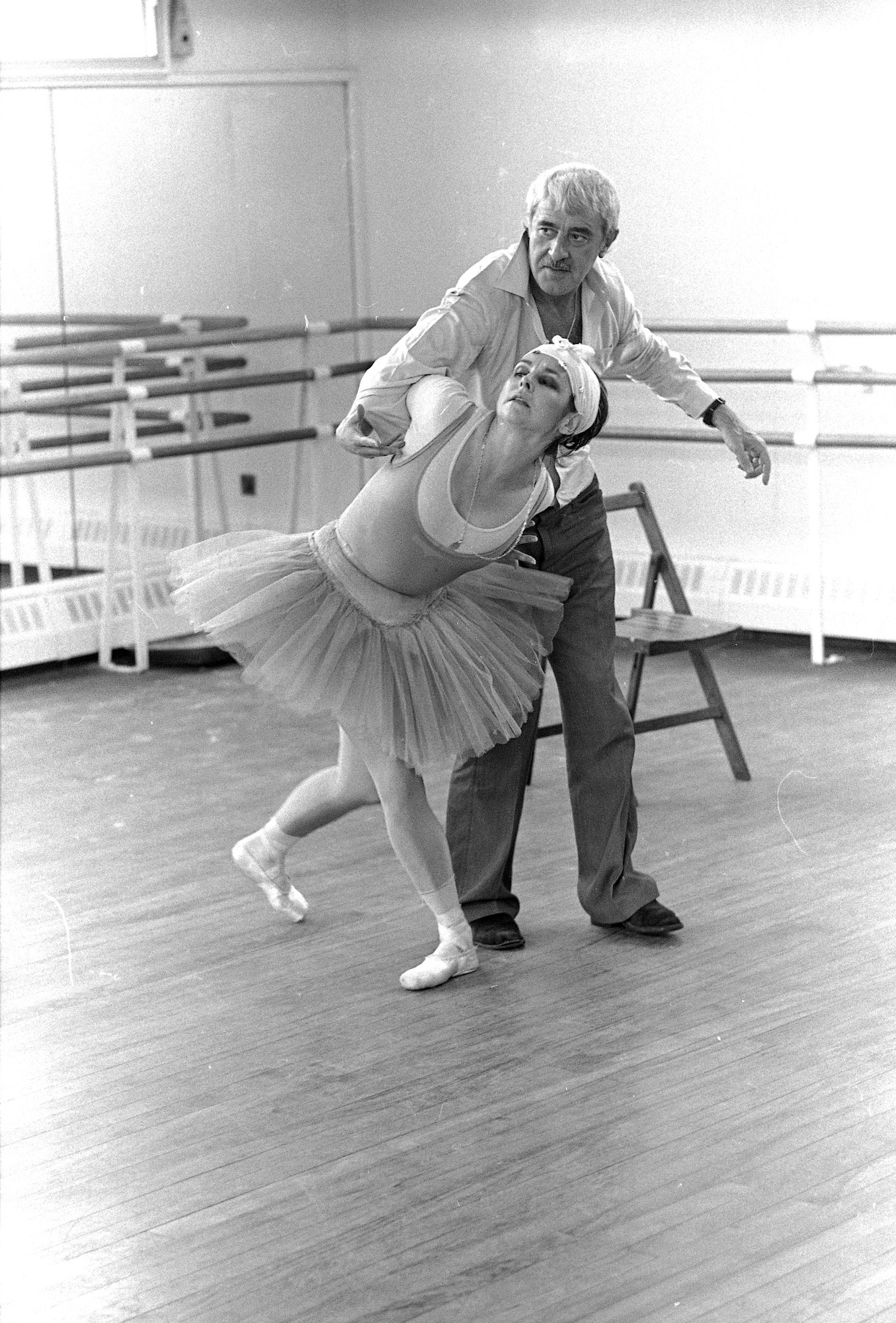people » Kenneth MacMillan
Kenneth MacMillan (1929-1992). British dancer, choreographer and director
The son of a coal miner, Kenneth MacMillan was born in Scotland in 1929 but brought up in Great Yarmouth in England. His local grammar school was evacuated to Retford, Nottinghamshire, after the outbreak of World War Two, which proved to be a prophetic move. MacMillan had already started to learn some tap and Scottish country dancing, but his new tap teacher, Jean Thomas, encouraged him to try ballet. He never looked back. His next dance teacher, Phyllis Adams, who meant the world to him, sealed his balletic fate. By the age of 15, after spotting an advertisement in the Dancing Times, he was studying at the Sadler’s Wells Ballet School under the eagle and appreciative eye of Ninette de Valois. In 1946 MacMillan became a founder member of the touring Sadler’s Wells Theatre Ballet and graduated to the senior company in time to be part of the triumphant 1949 tour of the United States of America. In 1953 MacMillan returned to the Theatre Ballet and began to choreograph for Sunday workshops at Sadler’s Wells. In 1955 his first professional work for Sadler’s Wells Theatre Ballet, Danses concertantes, set him on his path. The ballet was also his first collaboration with the stage designer Nicholas Georgiadis.
In his early years MacMillan was influenced by older choreographers such as Frederick Ashton, Léonide Massine and Antony Tudor, but he was also part of a younger group that included Jerome Robbins, Maurice Béjart, John Cranko (a colleague at Sadler’s Wells) and Peter Darrell, who were interested in pushing the boundaries of classical ballet. As he himself developed in the succeeding years, his work probed extreme psychological states and situations of a type that ballet had not dealt with before, often doing this in the context of historical figures or earlier plays and novels. However, as demonstrated by his Elite Syncopations, MacMillan was as adept at creating witty and graceful works as he was the dramatic. MacMillan also demonstrated that the three-act narrative ballet still remained a viable form.
From 1957 until his death in 1992, MacMillan created a stream of important and often gripping works, mainly for The Royal Ballet. He left The Royal Ballet from 1966 until 1969 to run the Ballet of the Deutsche Oper, Berlin, but returned to become director of The Royal Ballet in 1970. He resigned this post in 1977, becoming The Royal Ballet’s principal choreographer. During the 1980s MacMillan was also associate director of American Ballet Theatre for several years. He was knighted in 1983 and died suddenly during a performance of his three-act ballet Mayerling at the Royal Opera House in 1992. Key works include: The Burrow in 1957 (his first work with the ballerina Lynn Seymour at the start of a long collaboration); Le Baiser de la fée and The Invitation (both 1960); The Rite of Spring (1962); Las Hermanas (1963); Romeo and Juliet and Song of the Earth (both 1965); Concerto (1966); Anastasia (1971); Manon and Elite Syncopations (both 1974); Requiem (1976); Mayerling (1978); Gloria (1980); Isadora (1981); Valley of Shadows (1983); Different Drummer (1984); The Prince of the Pagodas (1989); Winter Dreams (1991); and The Judas Tree (1992).

